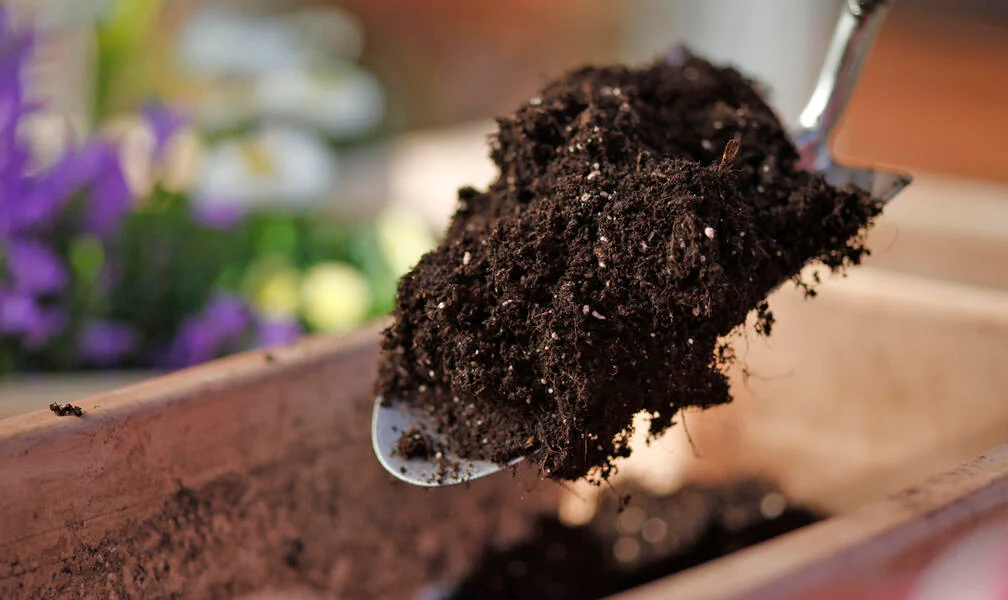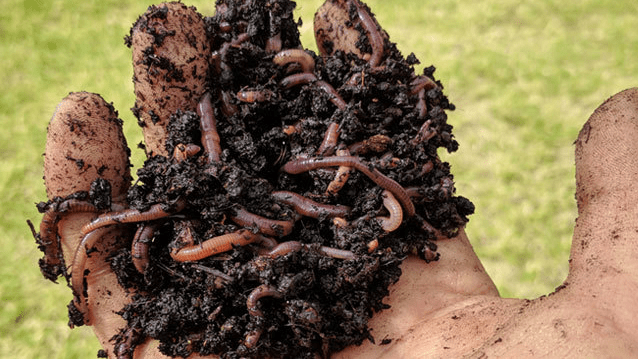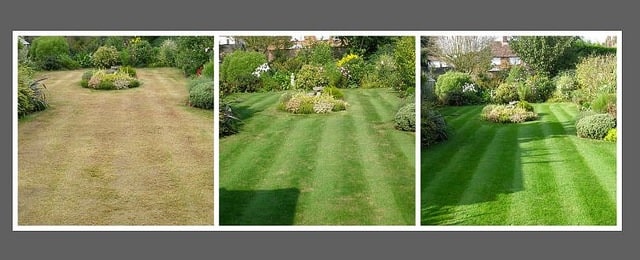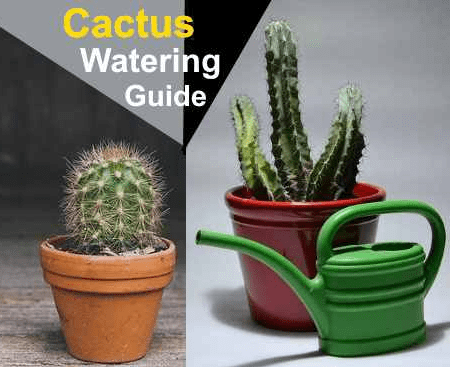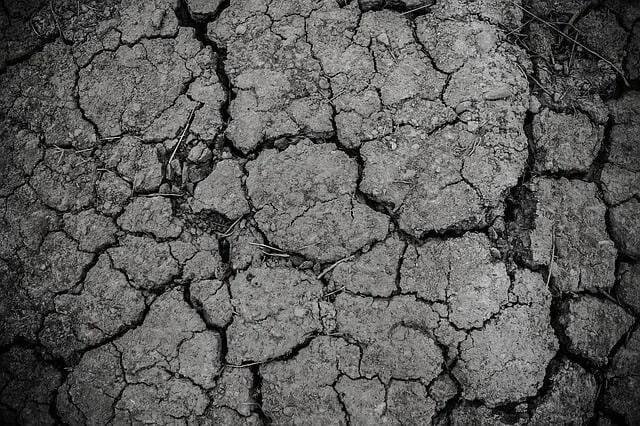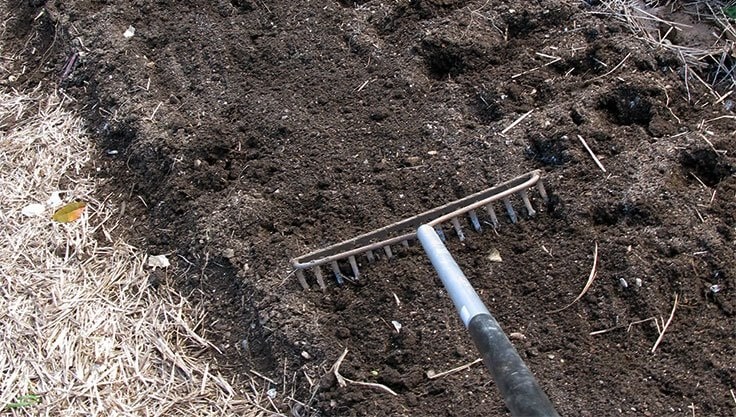Contents
- 1 How Long Does Potting Soil Last – Can You Still Use Old Soil?
- 2 Quick Summary: Can You Still Use Old Potting Soil?
- 3 Using Old Potting Soil in Bags
- 4 Podcast Tip: What Can Good Potting Soil Do?
- 5 Another Weak Point: Water Retention
- 6 Can Using Rooting Powder Affect the Viability of Old Potting Soil?
- 7 Storage Tips
- 8 Can Old Potting Soil Be Used for Reseeding Lawn Patches?
- 9 What To Do With Old Soil from Planters?
- 10 Author
How Long Does Potting Soil Last – Can You Still Use Old Soil?
Ever wondered how long potting soil lasts and whether old soil can still be used? We’ve got the answers.
With the start of the planting season, the question often arises: Can you still use last year’s potting soil? Under certain conditions, the answer is yes – it can still be used. In other cases, it’s better to dispose of it in the garden.
Why Use Special Potting Soil Instead of Garden Soil?
Because bagged soil does more than regular garden soil:
It must absorb and retain water and nutrients, release them as needed, and stay loose and airy. Only high-quality potting soils can manage that. Regular garden soil just doesn’t cut it – it would quickly compact and collapse.
Quick Summary: Can You Still Use Old Potting Soil?
- Unopened bags stored in a cool and dry place can be used for up to a year or longer.
- Opened bags stored outdoors through the season may still be usable for hardy balcony plants, but are better used for soil improvement or mulching in the garden.
- Dry, open soil should be mixed 1:1 with fresh potting soil if used for container planting.
- Old soil from planters should be composted.
Using Old Potting Soil in Bags
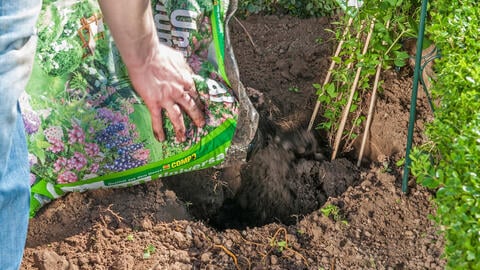
If the potting soil was stored cool and dry and the bag is still sealed, you can safely use it even after a year.
If the bag has been opened and left outside, issues can arise.
In warm, humid conditions, nutrients may be released even without plants, leading to an excess salt buildup—especially from slow-release mineral fertilizers, which degrade when exposed to heat and moisture.
Such soil can still be used for heavy feeders like geraniums, petunias, or marigolds, but it’s too harsh for most houseplants and seedlings.
No worries, though, if you want to use the old soil for:
- Planting beds
- Mulch
- Soil improvement in the garden
Just spread it under shrubs, between perennials, or along vegetable rows—opened or not.
Podcast Tip: What Can Good Potting Soil Do?
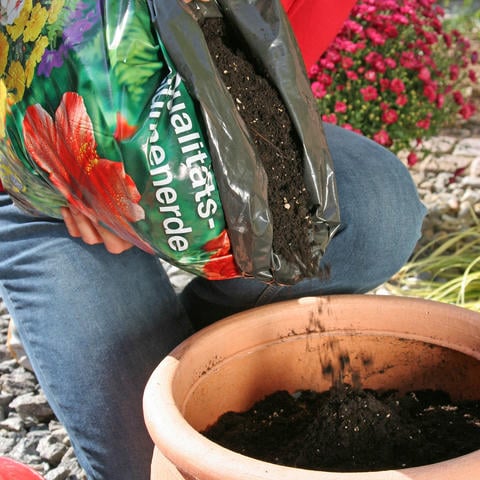
Another Weak Point: Water Retention
Once a bag has been opened, leftover soil can dry out and become reluctant to absorb water again—a problem in balcony planters.
However, when used for planting in beds or soil improvement, this is no issue. Moist garden soil will help rehydrate it, and you’re likely mixing it anyway.
If using it in containers, mix dry old soil 1:1 with fresh soil.
Can Using Rooting Powder Affect the Viability of Old Potting Soil?
Using rooting powder can significantly enhance the success rates of propagating plants in old potting soil. However, mastering the art of rooting powder requires careful consideration of the soil’s nutrient levels. Depleted potting soil may limit the effectiveness of rooting powder, affecting overall plant viability and growth potential.
Storage Tips
- Store unused potting soil only briefly and always dry.
- Buy only what you need:
- A standard 80 cm balcony planter uses ~35 liters of soil.
- For pots, check the liter count marked on the bottom.
Can Old Potting Soil Be Used for Reseeding Lawn Patches?
Using old potting soil for lawn patch reseeding techniques can be beneficial, provided it’s well-aerated and free of pests. The nutrients in the potting soil can help nourish new grass seeds. However, ensure it doesn’t contain any chemicals or additives that may inhibit grass growth for best results.
What To Do With Old Soil from Planters?
Used soil from pots and planters is a different story:
- Usually best for soil improvement or compost only.
- High risk of fungus spores or pests overwintering.
- Structural stability is often gone – it may compact and get soggy, which is fatal for most plants.
One Exception:
In a balcony garden, if:
- You used premium soil, and
- The plants were definitely healthy,
You can reuse it for summer flowers: - Enrich the non-rooted part with horn shavings.
- Mix it 1:1 with fresh substrate.
If the soil is just a dense root ball at season’s end, it’s no longer usable for mulching or improvement.
- Put it on the compost.
- But first, break up the roots into smaller pieces using a spade or garden knife, so microbes can break it down more easily.

